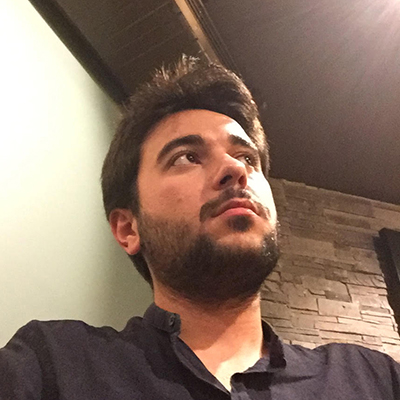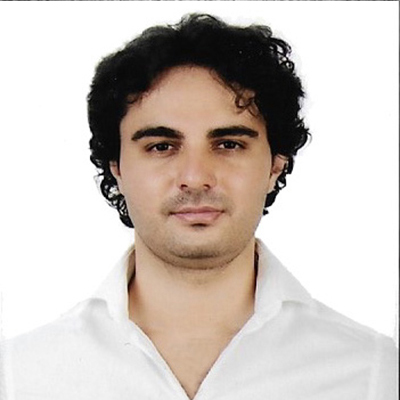MBL 511 Knowledge Based Architectural Design
Prof. Dr. Gülen Çağdaş Res Assist. Begüm Hamzaoğlu Res. Assist. Burak Delikanlı
2020-2021 Fall
The 2020-2021 Fall Term projects focus on resilience in knowledge-based architectural design. The concept of resilience refers to the ability of systems to maintain continuity by preserving and transforming relationships within complex dynamics. It can be associated with part-whole relations and algorithmic setups of systems. The project topics include various systems in architectural and urban design contexts such as; structural, material, kinetic, climatic, social, and cultural systems. The following questions were addressed during the development of the knowledge-based models:
-How can we use design technologies for resilient architecture?
-What kinds of knowledge-based models can be developed to improve the resistance of architectural and urban structures to climate change?
-What innovative design technologies can be developed to decrease waste, utilize less material, recycle resources, and generate biomaterials?
-Can knowledge-based design models that learn from nature be a tool to provide resilience in design?
An Evaluation Model for the Resilience of Public Spaces during Covid-19 Pandemic
Selen Çiçek
With the beginning of Covid-19 pandemic, the public spaces that we normally take our access granted, started to get restricted according to the rules & regulations of “New Normal”, in this particular discussion applicability of social distance in the space. So, the offered model proposes, a risk evaluation for the closed public spaces that are unavoidable in terms of sustaining essential needs, for a resilient urban life. By displaying the relation between the perception of the space configuration and the user movement inside the space with the help of theory of Space Syntax and mass movement simulation tools.
Resilient Nomads : A Proposal for a Modular Architecture System
Mert Ulusavaş
In this study, a model that can be resilient in ecological and social terms is proposed. It is suggested that, in a future scenario where glaciers melt, and waters rise, climate refugees would choose a nomadic life instead of searching for new settlements. As a result of global warming, harsh conditions would appear through the changing environmental conditions over time. In order to adapt these conditions a mobile modular architecture system that would host climate refugees is designed.
Additive Manufacturing in Architecture: Modular Shell Design in Mars Environment
Ozan Balcı
The study focusses on a modular shell design that can be locked with its own weight. An algorithm has been developed for the design of the shell and its modules, and as a case study, the development of a shell that will protect habitats in the Martian environment from solar radiation and modules that can be produced from local materials are discussed. The other performances expected from the design are that the modules can be produced with 3D printing technologies, the shell can grow and shrink, and the modules damaged in the shell are interchangeable.
A Playscape Algorithm Proposal in Accordance with Social Distance Rules
Pelin Gül Arman
Children need to interact with their environment in order to ensure their mental and physical development. Since the beginning of 2020, the social resilience of children who continue their distance education and cannot contact their peers in the physical environment is at risk. The aim of the project is to create a new playscape that allows sustainable interaction between children under pandemic conditions by considering social distance rules.
Growing Urban Furniture
Berkay Öztürk
The “Growing Urban Furniture” project is a project that envisages the growth starting from predetermined points to grow according to environmental factors and turn into a sitting element. In the experimental study, a form was formed to surround the bodies of the trees and when it reached the desired height, the growth stopped. It was predicted that the form formed in this way would be naturally resilient.
Determining the Locations of Cargomat in Cities with Pedestrian Simulation
Elif Gamze Dedeler
The aim of this project is to propose a model to be used in determining the positions of the cargo lockers. The proposed model is created by manipulating probability functions in pedestrian simulation with the help of housing data. In the first phase of the project, human density is foreseen by using housing data in the city. Using the predicted density information, the probability functions of the routes in pedestrian simulation are determined. The routes to be used in pedestrian simulation were determined as transportation station and between residences and the density information obtained as a result of the simulation was transferred to a gridal heat map. The locations of the cargo lockers are determined with the density heat map.
A Knowledge-Based Resilience Model That Will Contribute to the Solution of the Right to the City Problem
Barış Terzi
This study aims to design an algorithm that will enable the functions of commercial spaces to be determined by evaluating the ecological and social conditions of the region. It is planned to contribute to the solution of the right to the city problem with this algorithm.
Evaluation of Reticulated Timber Shell Production Process on Resilience in Terms of Material and Structure
Cem Güneş
This study aims to discuss resilience within the framework of material and structure. Within the scope of the project, a timber pavilion structure is designed with double curved glulam beams and analyzed. This project addresses the concept of architectural resilience by evaluating the material, structural properties of a pavilion s and aims to contribute to existing studies with a holistic approach with steps from design to evaluation.
A New Attempt with Knowledge-Based Design Thinking: Case of Bursa Uzun Çarşı Topcoat
Hüseyin Kadıoğlu
This study is a research that solves the concept of durability with the thoughts and methods of computational design over the kinetic system and origami. It is aimed to increase the durability of the Bursa Uzun Çarşı top cover by addressing the rainwater collection and sun bathing problems in terms of user comfort. It is considered as a design consideration under the influence of interpretation of flexibility and recoverability qualities.
Strength in the Anatomy of Banana Petiole
Ümit Arar
The many distinguishing features of the banana petiole is a cleverly integrated design combination that gives it the ability to reverse both hard and deform during storms. Its U-shaped outer shell with isolated longitudinal reinforcement makes it light but rigid in bending, while the ventral curvature of the petiole wraps around the leaf to help support it. The shell cover designed with inspiration from the petiole anatomy offered us a sustainable, flexible and highly resistant structure.
University Campus Growth Scenario with Cellular Automata: The Case of ITU Ayazağa
Berfin Körükçü
In In the study within the scope of the Knowledge Based Architectural
Design course, it was aimed to develop a computa=onal model that
produces modular growth alterna=ves for university campuses by
associa=ng the discussed resilience concept with the cellular automata
approach.
Contributors
Copyright © Architectural Design Computing Graduate Program of Istanbul Technical University, Graduate School, Department of Informatics, 2021. No part of this site, [mbi.itu.edu.tr], may be reproduced in whole or in part in any manner without the permission of the copyright owner.













